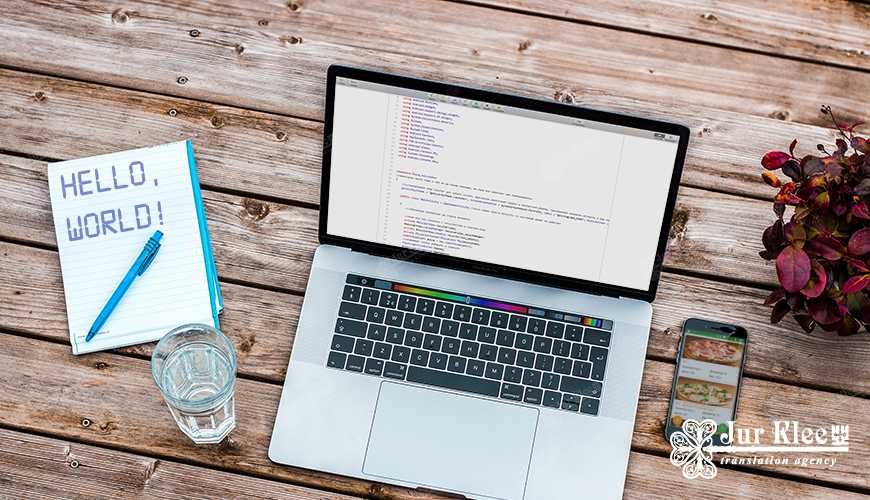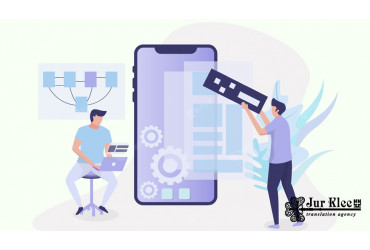
Features of the translation of mobile applications. Part 1
The growth of interest in mobile applications is constantly growing and, according to research, this interest will not decrease over the next four years. Therefore, the introduction of applications to new markets will be able to bring sufficient economic effect for a long time. However, the adaptation of product invariably is invariably associated with additional localization costs. In the process of reconfiguring the program to meet the needs of local customers will need to take into account certain rules, knowledge of which will help to get the most effect and save from unnecessary costs.
Capacity assessment
The first step to be taken is to analyse which languages require localization and how justified the adaptation of the application will be.
In some cases, even a small percentage of native speakers who are potential consumers may be interesting. At the same time, for some countries, the analogue of the application in the native language is not required. For example, if the product is designed for young consumers from Europe, its English-language version is sufficient – in this region, knowledge of the language for this category is almost obligatory. At the same time, in other cases, the usual versions of the language will not be enough. So, if we take into account Spanish-speaking markets, classical Spanish may not be enough.
Market research and analysis of future costs in accordance with expected profits will be required. Localization is not a one-time process, with the development of the program there will be a need to adapt the new functionality to all languages, which will lead to new investments.
Understanding of the end user
The usual research of the target audience at the localization stage is not enough. It will be necessary to understand who exactly will become the defining social group, able to pay for services or subscriptions, purchase goods, etc. It is necessary to understand not only the age for which the localization will be calculated, but also the sphere of activity and the social environment.
For Russian-speaking and some other regions it will need to understand how to contact users: informal or formal title? For some cases, emotionally coloured texts, emoticons, emojis are necessary. For other categories, this is not allowed and only matter-of-fact, informative text is required. If you do not take into account these details, the application will not be perceived by those for whom it is designed. If you raise as many questions as possible at the stage of preparation, then the result will bring the greatest possible benefit.
Restoring order
The localization team should work separately with a Glossary - list of application terms and a Guide - document that defines the General rules for compiling the application text, stop words and the style of messages.
These tools must be consistent with each other, otherwise the application will be a hodgepodge, in which each new page is different from the previous one. For example, we can take the letter "ё" from the Russian alphabet – it is impossible that in one case it was used, and in the other it was replaced by "e".
After preparing these documents for localization, you should proceed to work with specialists responsible for advertising campaigns, SMM-promotion, emailing, press releases. Although advertising is always more aggressive than the main application, its overall style should not be too different from what the main users are used to.
Study of the competitors
Localizers should conduct research on the market in which competitors are already working. They need to understand not the potential level as much as the linguistic features. Experts should explain what they liked and what should not be used in your application.
It is desirable to study the attitude of the target audience not on adapted products, but on those that were originally compiled in the language of users.

